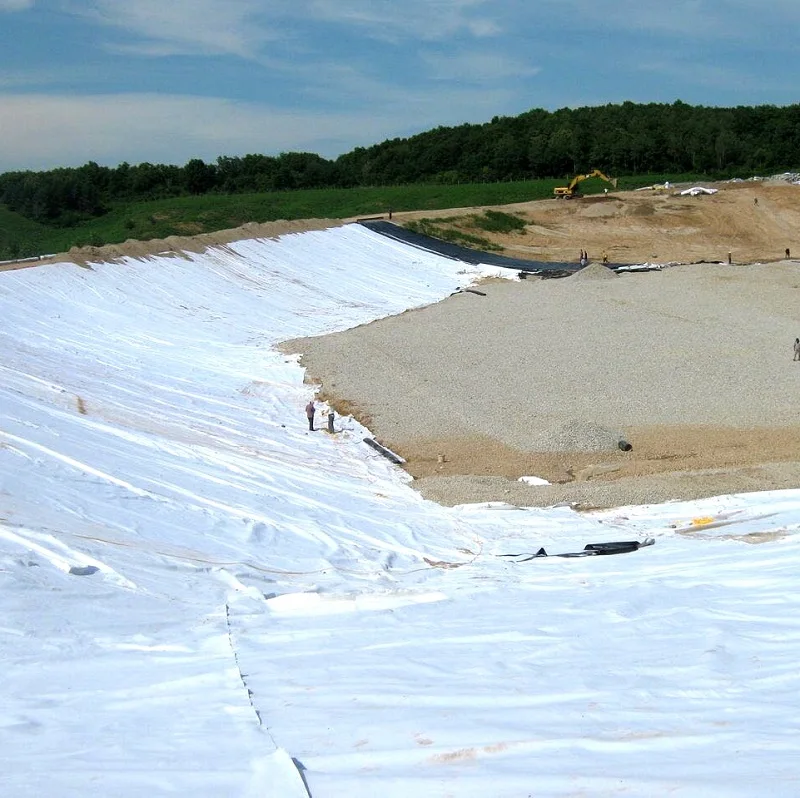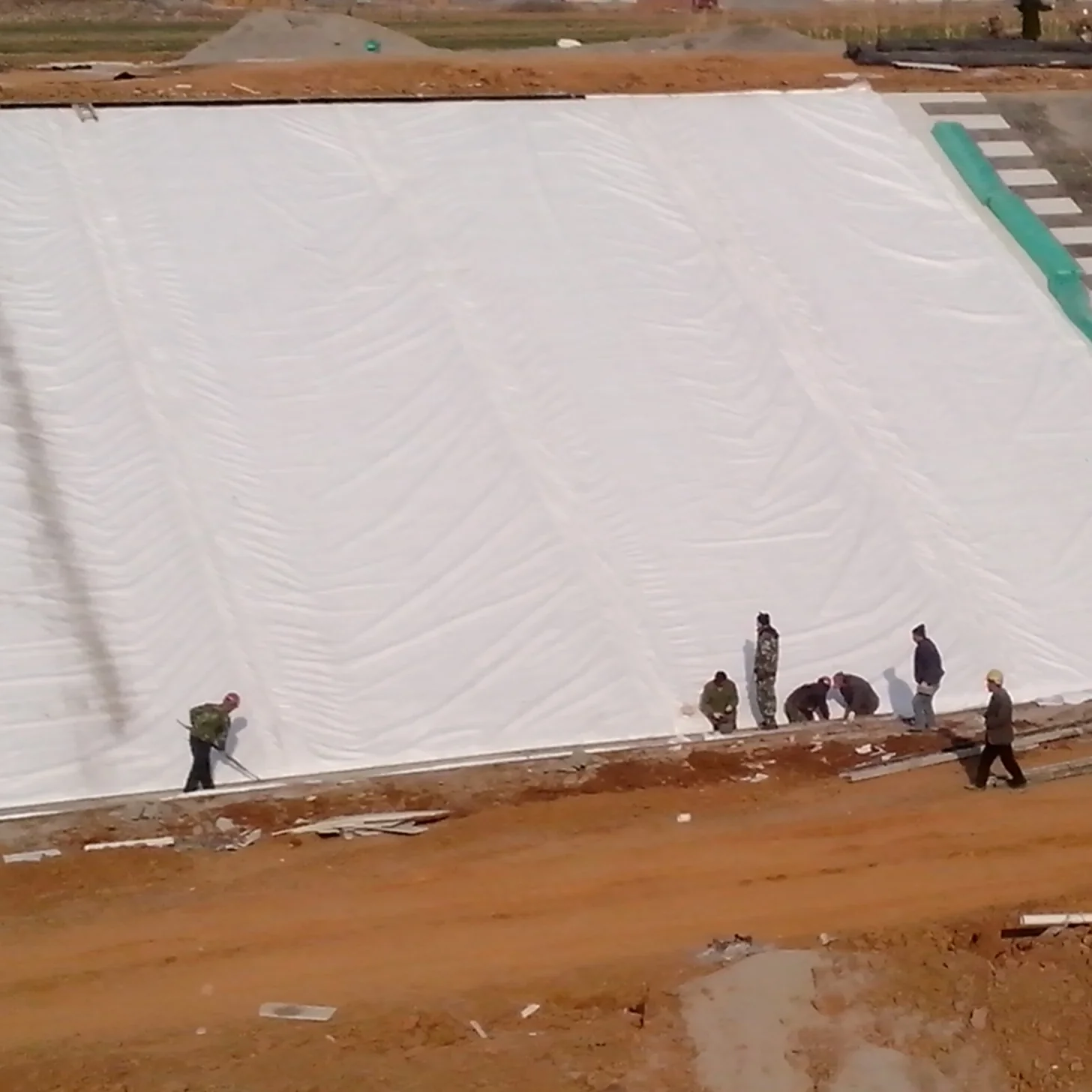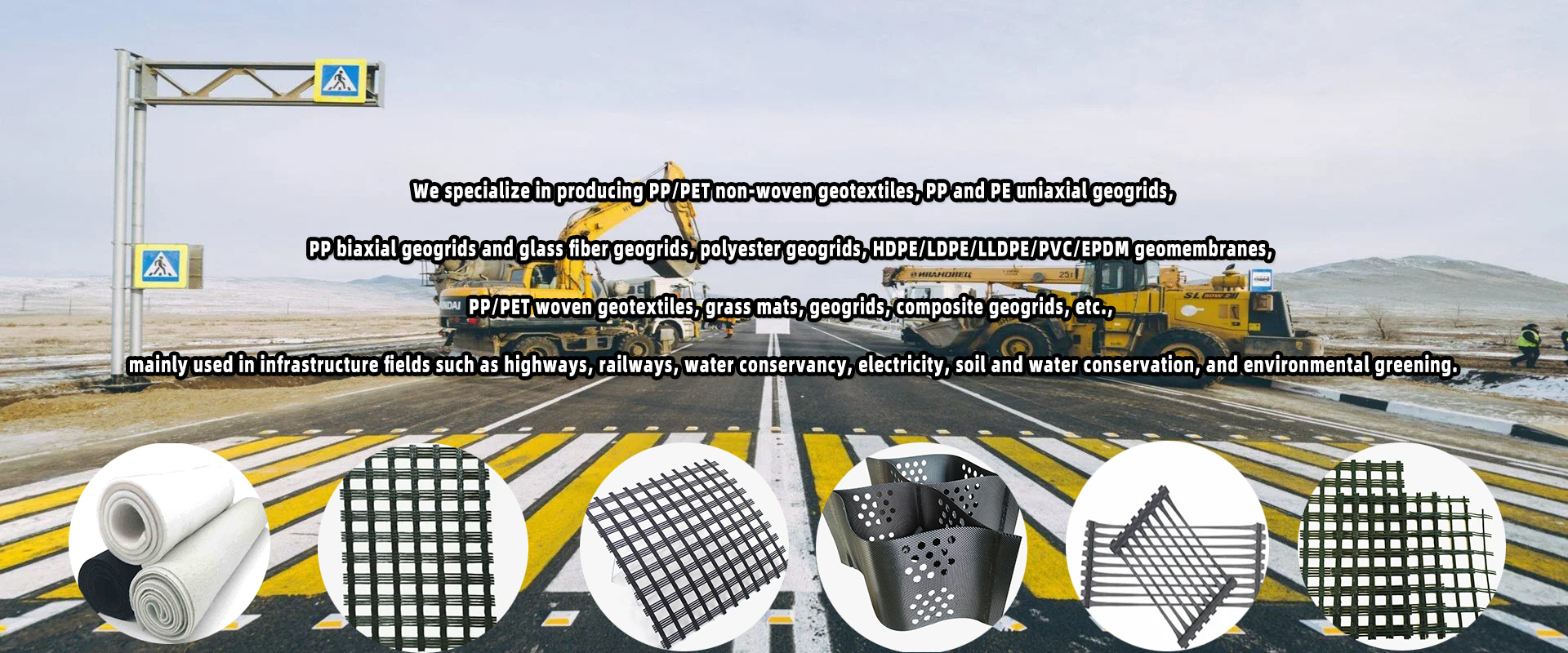7 Powerful Reasons PP Continuous Filament Nonwoven Geotextile is a Game-Changer in Civil Engineering
Release time:
2024-12-25
Introduction
PP (Polypropylene) continuous filament nonwoven geotextile is quickly becoming a critical material in the world of civil engineering and construction. This high-performance fabric has revolutionized how engineers approach soil stabilization, drainage, and erosion control, making it a game-changer in modern infrastructure projects. In this article, we’ll outline 7 powerful reasons why PP continuous filament nonwoven geotextiles are essential for successful civil engineering projects.
What is PP Continuous Filament Nonwoven Geotextile?
PP continuous filament nonwoven geotextile is made from long polypropylene fibers that are bonded together using various techniques, including needling and heat. Unlike woven fabrics, nonwoven geotextiles consist of fibers randomly oriented, creating a flexible, permeable, and durable material. The continuous filament design contributes to its strength and resistance to wear and tear, making it ideal for demanding construction applications.
These geotextiles provide a range of benefits, such as improved drainage, enhanced soil stabilization, and better load distribution. Moreover, their high tensile strength makes them perfect for tough applications like road construction, railways, and landfill liners.
7 Powerful Reasons PP Continuous Filament Nonwoven Geotextile is a Game-Changer
1.Unmatched Durability
PP continuous filament nonwoven geotextile is designed for long-lasting performance. Its robust fibers make it resistant to tearing and stretching under extreme conditions. This durability makes it ideal for high-traffic areas, heavy-load applications, and long-term infrastructure projects, ensuring that the material remains intact for years to come.
In fact, its durability can extend the lifespan of civil engineering structures. For example, in road construction, this material helps minimize the need for repairs and maintenance, saving both time and money in the long run.
2.Excellent Water Drainage
This geotextile is highly permeable, allowing water to pass through freely while filtering out particles that could clog drainage systems. Its superior drainage capacity prevents water accumulation beneath surfaces such as roads, railways, and embankments, which helps reduce erosion, improve structural stability, and maintain long-term functionality.
The ability of PP continuous filament nonwoven geotextile to aid in water drainage also contributes to the prevention of costly water damage to infrastructure. By keeping water from pooling and causing structural degradation, it plays a pivotal role in maintaining the integrity of constructions over time.
3. Effective Soil Filtration and Separation
PP continuous filament nonwoven geotextile effectively separates different soil layers, ensuring that finer particles like sand or silt do not mix with coarser materials like gravel or aggregate. This filtration and separation are crucial for applications like roadbeds, railways, and drainage systems, where soil stability is paramount.
For example, in railway construction, the separation provided by nonwoven geotextiles prevents the mixing of ballast with finer soil, maintaining the strength and stability of the track bed. This separation is key to reducing maintenance needs and improving long-term performance.
4.Resistance to Chemical Degradation
The chemical stability of polypropylene ensures that PP continuous filament nonwoven geotextile resists degradation from a wide range of chemicals, oils, and other contaminants. This makes it especially useful in environments like landfills, agricultural applications, and sites with exposure to harsh chemicals or biological substances.
In waste management, for example, PP continuous filament nonwoven geotextiles are used in landfills to prevent hazardous chemicals from leaching into surrounding soil or water sources. Their chemical resistance ensures long-lasting protection against contamination.
5.Cost-Effective Solution
Despite its high-performance properties, PP continuous filament nonwoven geotextile is an affordable material compared to other traditional construction fabrics. Its ability to provide effective filtration, drainage, and soil stabilization reduces the need for additional layers of costly materials, thus cutting down overall project costs.
In addition, the extended lifespan of these geotextiles means that infrastructure projects require fewer repairs and maintenance over time, further lowering the total cost of ownership. The cost-effectiveness of PP continuous filament nonwoven geotextile makes it a smart investment for construction companies and municipalities alike.
6.Versatile and Multi-Application
One of the most significant benefits of PP continuous filament nonwoven geotextile is its versatility. It can be used in a wide range of civil engineering projects, from road and railway construction to erosion control, drainage systems, and even landfill lining. Its broad application scope makes it a one-stop solution for many different challenges in infrastructure development.
For instance, in coastal areas prone to erosion, PP continuous filament nonwoven geotextiles can be used as a protective layer on slopes or embankments, preventing soil erosion from stormwater and high winds. This versatility enhances the material’s appeal across various sectors.

7.Easy to Handle and Install
Unlike many other construction materials, PP continuous filament nonwoven geotextile is lightweight and easy to transport and install. Its ease of handling reduces labor costs and speeds up project timelines. The material can be unrolled quickly, reducing time on-site and allowing for more efficient installation, which is essential for large-scale projects.
For example, in large infrastructure projects such as highway construction, the ease of installation reduces downtime, enabling projects to be completed more quickly and within budget.
Conclusion
PP continuous filament nonwoven geotextile has transformed modern civil engineering practices, offering unmatched durability, excellent drainage, and filtration capabilities. Its chemical resistance, cost-effectiveness, and versatility make it a go-to material for a wide range of infrastructure projects. From roads and railways to erosion control and waste management, this material is an essential component for ensuring the success and longevity of civil engineering projects.
By providing long-term stability and performance, PP continuous filament nonwoven geotextile helps build resilient infrastructure that can withstand the test of time, ultimately benefiting both developers and communities.





